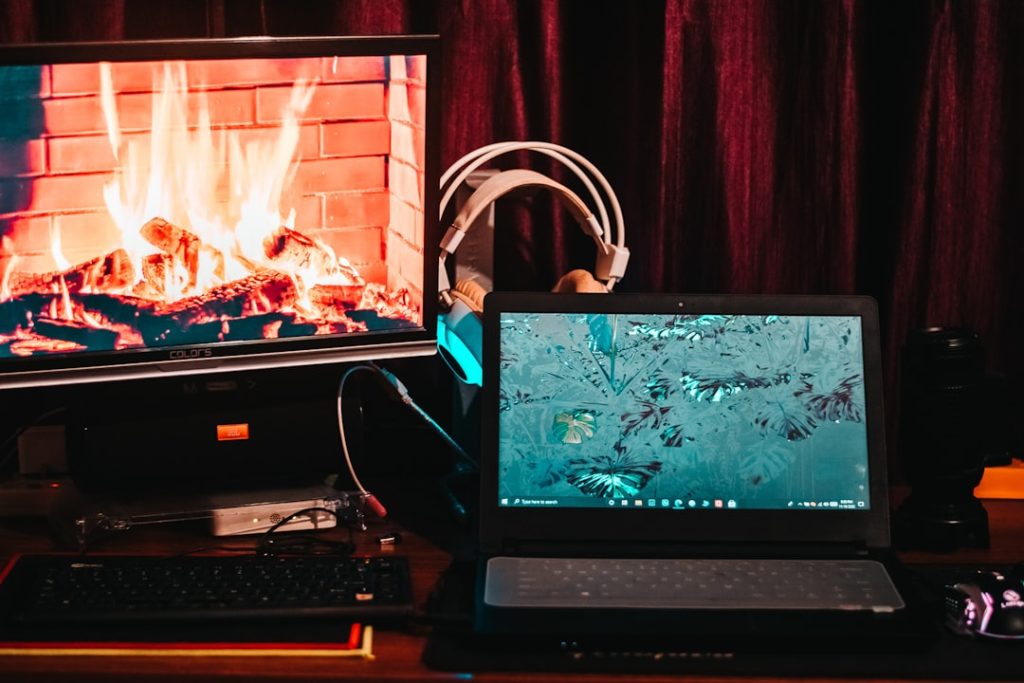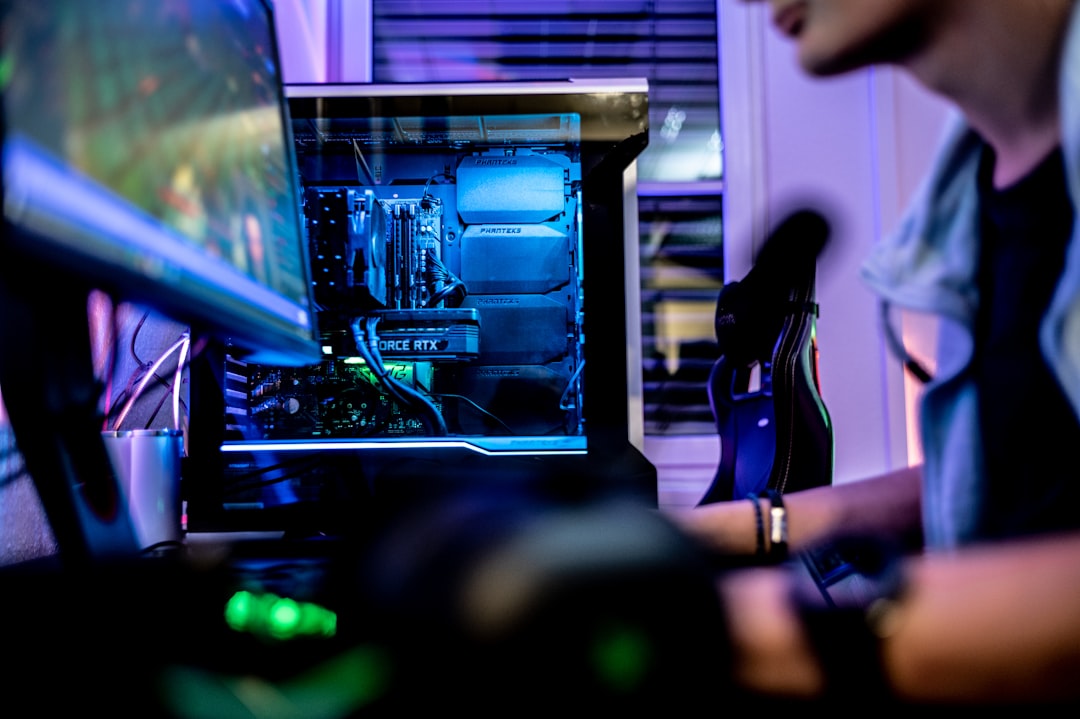Picture this: a factory machine warns technicians of an upcoming breakdown days in advance, a retail store’s shelves automatically signal when stock is low, and a city’s streetlights dim or brighten based on real-time traffic. These scenarios aren’t science fiction – they’re happening today, powered by the Internet of Things (IoT) and smart embedded systems.
In the race to stay competitive, enterprises are increasingly leveraging these technologies. Many large companies now turn to specialized IoT development services to build tailored IoT solutions that connect sensors, devices, and software across their operations. The payoff is enormous: the global IoT market is projected to reach $1.6 trillion by 2025, with an estimated 75 billion devices connected worldwide by that time. Clearly, IoT-driven innovation, underpinned by embedded computing devices, is poised to reshape how businesses operate in the digital age.
What Are IoT and Embedded Systems?
IoT refers to the network of interconnected objects – from machines and vehicles to appliances and wearable gadgets – that collect and exchange data over the internet without human intervention. These “smart” devices are equipped with sensors and software enabling real-time data collection, communication, and automated action. Embedded systems, on the other hand, are the tiny specialized computer systems within those devices, designed to perform dedicated functions as part of a larger system. In fact, embedded systems serve as the backbone of many IoT applications. For example, a modern car’s IoT capabilities (like connected navigation or telematics) rely on dozens of embedded microcontrollers working behind the scenes. Together, IoT technology (to connect and communicate) and embedded systems (to sense, compute, and control) create intelligent solutions that can sense their environment, process data, and act on insights – all seamlessly and often autonomously.
In practical terms, this means devices can monitor conditions (like temperature, motion, or machine performance) and send that data to the cloud or other devices. Businesses can then analyze this data to gain insights or trigger automated responses. Embedded systems inside the IoT devices ensure those front-line tasks (collecting a sensor reading, turning an actuator, etc.) are executed reliably and securely. The result is a bridge between the physical world and digital analytics – a bridge that enterprises are using to drive smarter decisions and more efficient operations.
Benefits of IoT and Embedded Systems for Enterprises
IoT and embedded systems aren’t just tech buzzwords; they are delivering tangible business benefits. Across industries, companies that embrace these technologies often see improvements in efficiency, cost savings, and new capabilities. Below are some of the key advantages that IoT-driven embedded solutions bring to modern enterprises:
- Improved operational efficiency and cost reduction: IoT automation reduces manual work and human error. Connected sensors can track processes and equipment performance 24/7, streamlining workflows and cutting down waste. This results in lower operating costs and increased productivity. Companies implement IoT to reduce operating costs, improve process management, and increase efficiency. For instance, smart warehouse systems that automatically manage inventory or adjust HVAC settings can significantly trim labor and energy expenses.
- Real-time insights for better decision-making: With continuous data streaming in from IoT devices, managers gain real-time visibility into operations. Whether it’s a live dashboard of factory floor production metrics or instant alerts from a fleet of delivery trucks, IoT provides actionable insights on the fly. This immediacy allows businesses to respond faster and make data-driven decisions. An agriculture enterprise, for example, might use IoT soil sensors to decide today exactly how much to irrigate each field, improving crop yield and conserving water. In short, IoT’s real-time monitoring enables greater agility and responsiveness in business strategy.
- Predictive maintenance and reduced downtime: One of the most celebrated benefits of IoT is the ability to predict problems before they happen. Sensors on industrial machines, vehicles, or critical infrastructure continually measure performance and health indicators. By analyzing this data, IoT systems can foresee when a component is wearing out or a machine is likely to fail, allowing maintenance to be scheduled proactively. This predictive maintenance approach minimizes unexpected breakdowns and the costly downtime associated with them. In fact, studies show IoT-based predictive maintenance can cut maintenance costs by up to 40% and reduce unplanned equipment downtime by nearly 50%. For any enterprise reliant on heavy machinery or around-the-clock uptime, those are game-changing numbers – less surprise outages means more consistent production, service delivery, and revenue.
Challenges and Considerations in Implementation
While the benefits are compelling, implementing IoT solutions in an enterprise is not without challenges. Security is a top concern – each new connected device can be a potential entry point for cyberattacks if not properly secured, and protecting the data that flows through IoT systems (both at rest and in transit) is critical. In fact, recent industry surveys indicate that security vulnerabilities are seen as the biggest hurdle to IoT adoption for many organizations. Ensuring robust encryption, authentication, and regular firmware updates for embedded devices is a must to safeguard against breaches. Privacy is also an important consideration, especially when IoT devices collect sensitive data (for example, customer information or healthcare data). Businesses need to comply with data protection regulations and build trust that IoT data is handled responsibly.
Another challenge is integration. Enterprises often have many legacy systems and traditional processes; integrating IoT-generated data and device controls into existing IT infrastructure can be complex. Questions arise like: How will the IoT platform talk to our ERP or analytics tools? Can our network handle the flood of data from thousands of sensors? To address these, companies may need to upgrade network capacity and choose IoT platforms or middleware that ensure compatibility and interoperability with their current software stack.
Technical expertise (or the lack of it) is a hurdle as well. Designing and managing IoT systems requires a blend of hardware, software, and data analytics skills that many IT teams haven’t needed until now. Deploying IoT means dealing with embedded firmware, wireless communication protocols, cloud services, big data, and more – a skill set that is both broad and specialized. A recent report noted that organizations remain skeptical of implementing IoT due to lack of in-house technical support, and many are relying on managed IoT service providers for end-to-end support. In practice, this means if a company doesn’t have experienced IoT engineers or embedded developers on staff, it often makes sense to bring in outside experts. For example, developing a custom hardware device or a sensor network might be beyond the scope of a firm’s IT department. To fill this gap, organizations can partner with external providers of embedded systems services who specialize in building and integrating the underlying device hardware and software. Such partners can help ensure that the IoT devices are reliable, secure, and optimized to deliver the data and functionality the business needs.
Best Practices for Embracing IoT in Your Enterprise
Implementing IoT and embedded systems in a large organization can feel daunting, but following some best practices can greatly increase the chances of success. Here are a few tips for decision-makers and IT leaders to keep in mind:
- Start with clear use cases: Begin by identifying high-impact areas where IoT can solve a real business problem or deliver significant improvement. Whether it’s reducing energy usage in facilities management or improving supply chain visibility, having a defined goal helps in designing the right solution and measuring success.
- Pilot and learn: Rather than deploying thousands of devices at once, launch a pilot program first. For example, instrument one production line or one store, and monitor the results. Use the pilot to gather learnings, demonstrate quick wins, and build internal support. This iterative approach lets you refine the technology and strategy before scaling up.
- Invest in security and data governance: IoT security should be baked in from day one. Ensure devices use secure firmware, encrypted communication, and proper authentication. Consider network segmentation for IoT devices to contain potential breaches. Also, have a plan for data governance – decide what data is collected, how long it’s kept, and who has access. Strong policies and security practices will protect your enterprise and customer data alike.
- Integrate with existing systems: Plan how IoT data will flow into your current business systems. IoT works best when it’s not siloed – for instance, connect IoT sensor analytics to your maintenance management software, or feed smart shelf data into your inventory management system. Integration might require middleware or APIs, and possibly updating older software to handle real-time data. The end goal is a unified system where IoT insights seamlessly inform business processes.
- Build the right team (and partnerships): Ensure you have people with the necessary skills – this could mean upskilling your current IT staff or hiring IoT specialists (cloud architects, data analysts, embedded engineers, etc.). Equally, recognize that you don’t have to do it all alone. Collaborating with experienced development firms or consultants can accelerate your project and bring in valuable expertise. A good external partner can assist with everything from hardware selection to deploying cloud IoT platforms, leaving your team to focus on using the insights and running the business.
Conclusion: A Connected Future Ahead
The future is one of pervasive connectivity and intelligent automation. Enterprises that leverage IoT and embedded systems will be better equipped to navigate this future, adapting quickly to market changes and operating with efficiency and insight previously impossible. In the end, IoT isn’t just about connecting gadgets – it’s about connecting people, processes, and ideas to drive innovation. By reading this far, you’ve seen why investing in these technologies matters. Now, the next step is to explore how this technology could specifically revolutionize your organization. The companies that act today to harness IoT’s potential are the ones that will lead tomorrow’s connected economy, reaping the rewards of a truly data-driven, automated, and intelligent enterprise.




